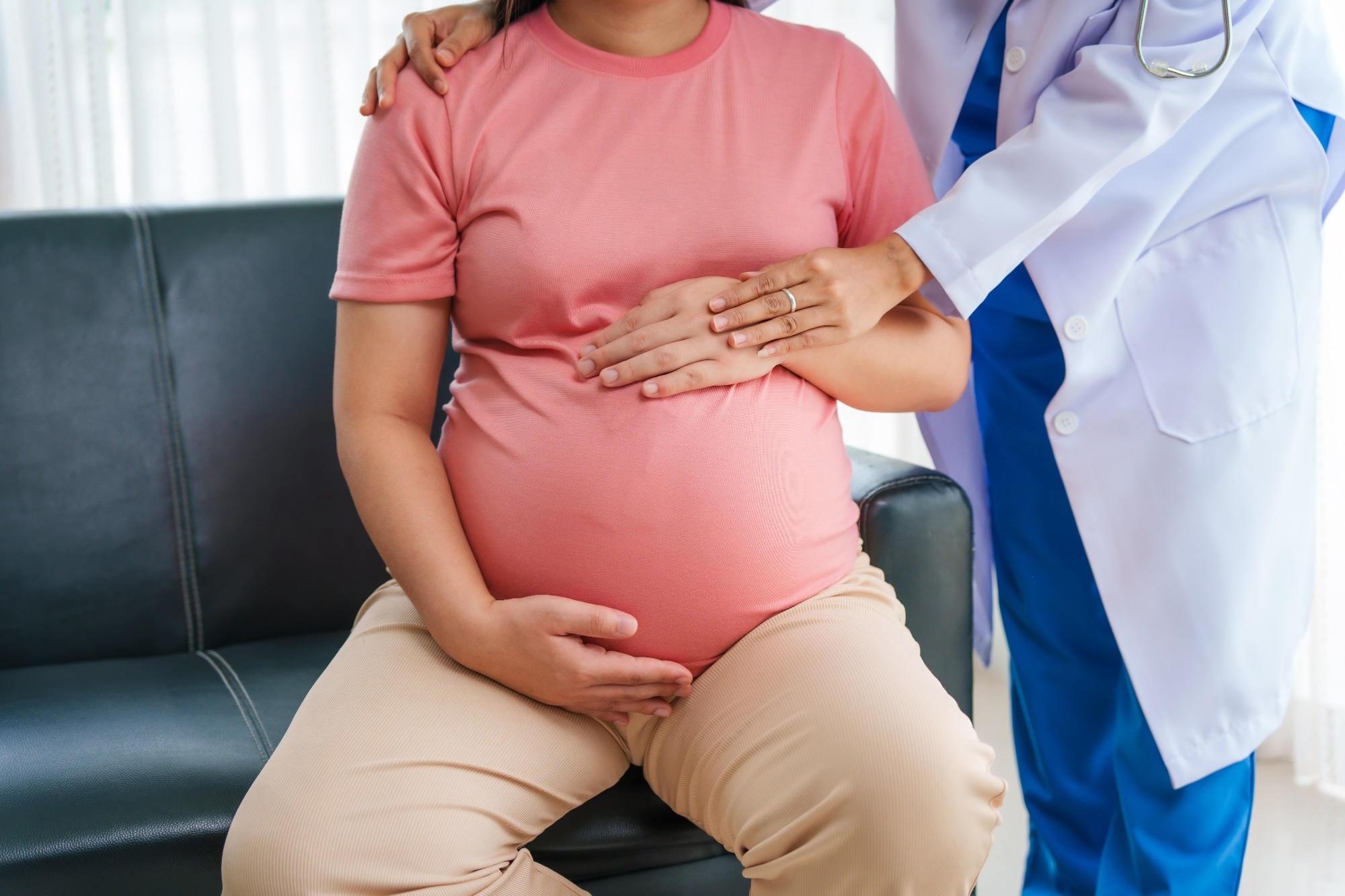A new Cochrane systematic review of 10 randomised trials involving over 37,000 pregnant women found that calcium supplementation results in little to no reduction in pre-eclampsia or related adverse maternal and perinatal outcomes.
Calcium supplements do not prevent pre-eclampsia, large trials show no meaningful benefit
